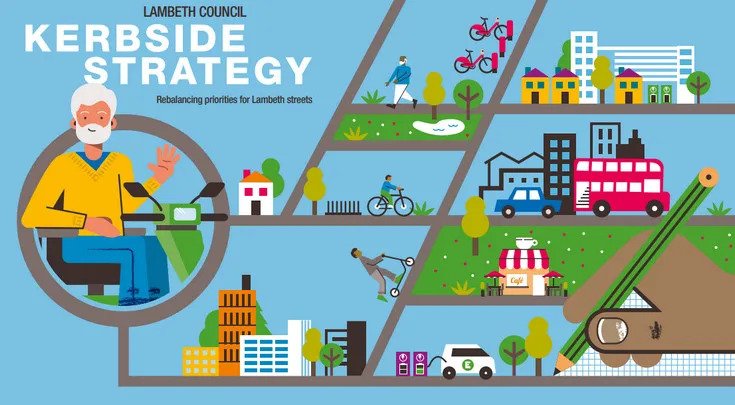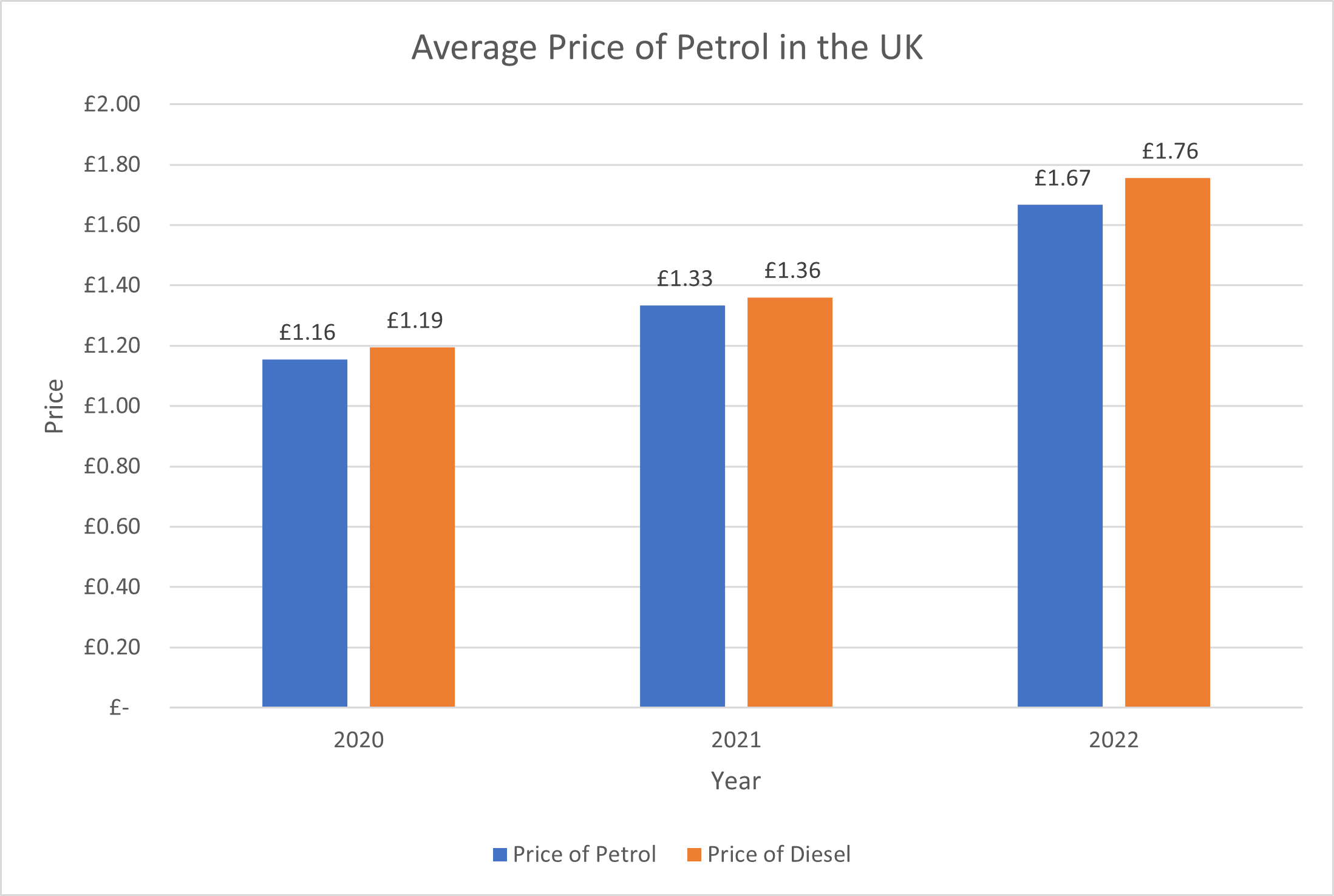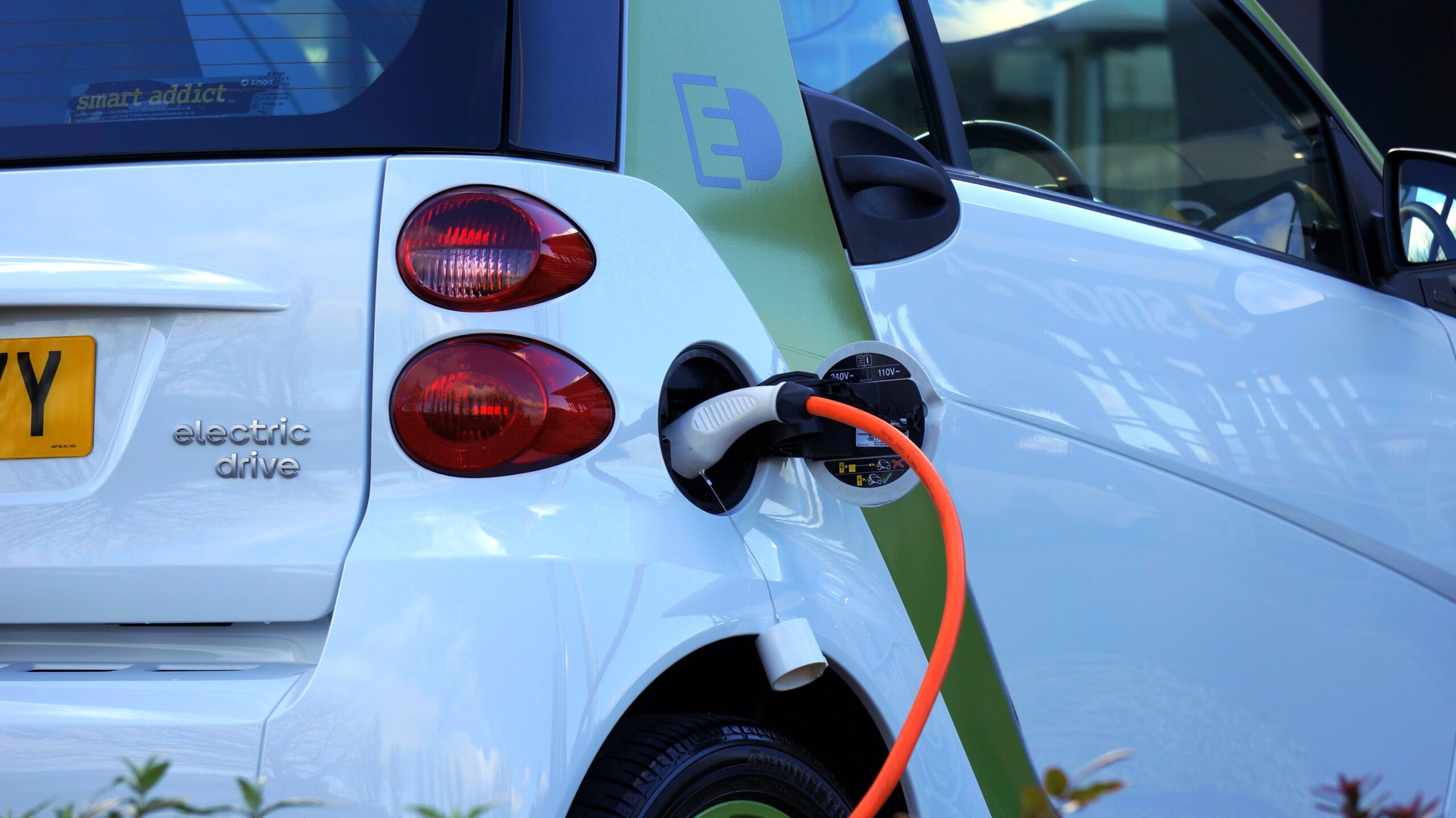Have you ever hosted a party where one guest stubbornly refuses to leave? You’re yawning, staring at your watch and cleaning up around them but they’re not getting the message. Gradually your conversation becomes less subtle. “God, is that the time already?” turns into “Will I get your coat?” Until you finally nudge them out the door in the early hours and run to bed for a few hours sleep. Can some people not get the hint?
Privately-owned cars are fast becoming the unwelcome guest at the party (your town). Yes, they were invited, but now it’s getting late and they’re taking up space. They are being politely asked to move on.
The hints have been coming for a while. Low-traffic neighbourhoods (LTNs) – where motorists are prevented from cutting through side streets – are increasingly being adopted by Councils up and down the country to reduce traffic and improve air quality. Although not everyone is supportive of them, recent data suggests that LTNs are successful in reducing the number of vehicles within their boundary without pushing traffic onto external roads. In other words, they work.
So what, just leave the car at home and use public transport? Well, that might become more difficult too if you park your car outside your home. Lambeth Council in London have just announced a plan to reclaim at least 25% of the existing 94% kerbside that is currently dedicated to vehicle parking. This real estate will be re-purposed to plant new street trees, create dining areas, and install infrastructure to accommodate electric vehicles, scooters and bikes.

The best car plan is a bicycle plan.
This strategy follows similar examples from around the world, where urban centres are prioritising bike lanes, sidewalks, and trees over private car parking space. In 2019 Amsterdam announced a proposal to eliminate 11,000 urban parking spots in their city centre. Brussels went one better and promised to get rid of 65,000 on-street parking spaces – one in four of all surface parking spaces – by 2030.
In the Netherlands they take their bicycles seriously. Train stations and shopping centres are home to “bicycle hotels”, architecturally designed spaces (often underground) to accommodate cyclists rather than vehicle drivers. This focus on “bicytecture” has resulted in almost 50% of all train commuters on their National railway arriving to the station by bicycle.
It’s not as if cars are getting any cheaper to run. Between 2020 and 2022, the average UK petrol price has increased by 44% and the diesel price has increased by 47%. Meanwhile motor insurance premiums are expected to increase by 15% (£66 per policy) for 2023.

And for London drivers it doesn’t help that the city is one of the most-congested in the world, with an average of 156 hours of delay per driver last year. That’s almost a full week, stuck in traffic jams
So…quick recap. Private vehicles have fewer accessible roads, less parking space, slower journeys and are increasingly more expensive to run. Message received? Well, yes apparently. For the second year in a row, car ownership in UK has fallen as commuters either work from home or opt for other means of transport.
But even if the ownership model is turning a corner, the future for the car itself seems safe enough. Town managers understand that cars still bring shoppers to their city centres, and many UK Councils and BIDs have been subsidising urban parking costs in order to encourage residents to shop locally. It’s just that they’d prefer the trade without the air pollution.
As Clean Air Zones are rolled out across the country, and the ban on the sale of new petrol and diesel vehicles from 2030 is confirmed, the government has now released its Electric Vehicle Smart Charging Action Plan to ensure that the infrastructure is ready for smart charging at home, in the workplace, and on the street. And consumers are taking note, as electric vehicles accounted for almost a fifth of new car sales in 2022.
As the type of car on our roads changes, so too do the owners. Car rental companies such as Zipcar and Gocar now have vehicles scattered around urban areas ready to be rented by the day or hour. And peer-to-peer car sharing platforms such as Turo and Hiyacar are reporting record earnings. These platforms allow drivers to hire a vehicle while the owner isn’t using it (think Airbnb for cars). Given that UK cars are parked for an average of 23 hours out of every 24, this is a convenient way for car owners to make money as well as a viable alternative to car ownership.

And what of these self-driving taxi’s that were supposed to be ferrying us around by now? Didn’t the Lyft CEO predict a few years ago that private car ownership would “all but end” in major US cities by 2025? Well, ahem, Lyft sold off its self-driving vehicle tech unit in 2021, a few months after Uber did the same.
And while we’re on the subject, the self-driving car developer Argo AI announced last week that it was closing its doors in spite of a $3.6 billion investment from parent companies Ford and Volkswagen. Meanwhile Tesla is under criminal investigation in the United States over dubious claims that the company’s electric vehicles can drive themselves. So maybe that particular version of the future isn’t quite ready for our streets just yet.
But as for that fossil-fuel guzzler parked on the kerb outside? Well, in the nicest possible way, it’s time to move along. The wheels are already in motion. The party is winding up.